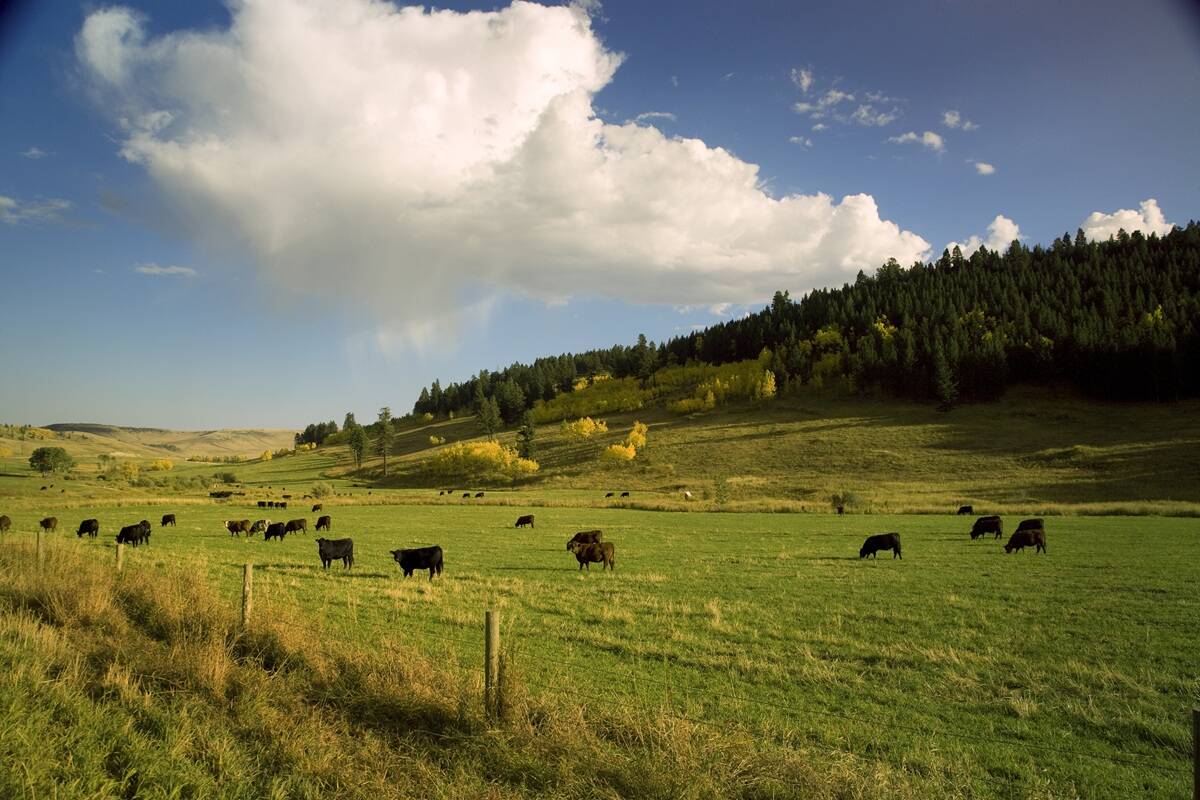Our job as scientists is to find the truth. But we must also be storytellers. Science can’t exist without telling a story. The question is not whether we should use it, but how we should use it best, writes Nick Enfield in The Guardian.
Scientists often struggle to communicate the findings of research. The subject matter is often technical and not easily digested by a general audience. Clients often do not understand information provided by veterinarians and, similarly, information provided to veterinarians by research scientists and academics at conferences often goes unheeded or is not remembered. Because presenters often falter in using the tools of narrative in a manner that creates “magic in the air,” listeners process information in a negligent or inattentive manner. In reality, storytelling is tied to neurology, not magic.
Read Also

Are you a competitive supplier of weaned beef calves?
Beef farmers and ranchers need to strategically manage costs to achieve and maintain profitability.
Improving storytelling surfaced as a suggestion made to the organizing committee and board of directors of the Western Canadian Association of Bovine Practitioners following their January 2019 meeting in Saskatoon. The suggestion came in response to a post-conference survey question on improving the conference.
New-age discoveries like gene editing, epigenetics, modern approaches to vaccination, or emergence of new pathogens have no meaning until that meaning can be defined and agreed upon. Definition and agreement beyond the research bench depends on using the tools of narrative effectively and becoming literate in the skills of storytelling.
Discussion about the art of storytelling is starting to appear in corporate training seminars, modern blogs, and prominent scientific journals. An article in Nature advises scientists to relate data to the world by using “the age-old custom of telling a story.”
The Proceedings of the National Academy of Sciences notes that storytelling often has negative connotations within science, but adds that narrative should not be disregarded when communicating science to non-expert audiences. Narratives offer increased comprehension, interest and engagement. A PLOS/ONE article, “Narrative Style Influences Citation Frequency in Climate Change Science,” highlights the fact that writing in a narrative style increases the uptake and influence of articles in climate literature, perhaps across all scientific literature.
John Truby, an American screenwriter, director and screenwriting teacher, defines story as a speaker telling a listener what someone did to get what he wanted and why. That’s a prominent attribute of every Hollywood film, he adds. At the centre is a person with a well-defined goal. They pursue that goal, against the odds, and after various twists and turns the story comes to a satisfying end.
As writer John Collee explains, a good story will have a meaning, a relatable moral with universal resonance for audiences. A story provides meaning to the listener.
How can scientists be expected to use storytelling when they are not trained in the craft? Research scientists, veterinarians, agrologists and a slew of others who live in a scientific cosmos are not professional screenwriters, and not well-practiced storytellers, but they could be because they have many stories to tell.
For example, a day working with livestock may seem ordinary for a veterinarian, yet often contains the core elements of story: situation, complication, resolution, and most importantly, meaning. You are not just telling another person what happened, you are telling them what it meant to you, and how you feel about it. In effect, you invite the person you are talking to to feel the same. In this way, stories become one of our most important social bonding mechanisms.
So, what’s wrong with urging scientists to take advantage of our natural storytelling skills? In an article titled “Against Storytelling of Scientific Results,” Yarden Katz explains that the defining features of narrative are antithetical to key ideals and practices of scientific work, things such as:
- Someone pursuing a goal.
- A satisfying resolution that resolves this.
- Meaning that draws people in.
In Katz’s view, science is a permanently unfinished line of business. There can never be a satisfying ending.
In reality, human beings, scientists included, possess brains that did not evolve for “dispassionate” thinking, the kind unaffected by emotion or strong prejudice. There are always the thought processes that remain deeply subjective and partial — the cognitive propensities that make storytelling so appealing.
Just as a fictional story can be enchanting, storytelling in science can also be enticing. The six key elements of story are: character(s), setting, tension, action, climax, and a resolution. Research papers, written in the format of stories, possess those same elements.
In a Princeton University study, scientists found that, when listening to a well-told story, the listener’s brain responds as if he/she were inside the story. Somebody talks about the smell of roasting coffee, the listener’s olfactory cortex lights up. They tell their subjects about grabbing a pencil, the subject’s motor cortex responds — specifically, the part associated with hand movement. The storyteller’s and the listeners’ brains light up in sync when stories are effectively told. There’s a feeling of magic in a room or within a group. The audience becomes captivated.
Mirror neurons, brain cells that respond both when doing an action, or watching someone else perform the same action, are the reasons individuals yawn when they see others yawn. Mirror neurons are why humans feel empathy.
When telling a story, avoid personal thoughts and opinions. Stick to the important details, and focus on sensory description and emotions. Ask yourself, “What did it look like?” and “How did I feel?”
In Enfield’s view, we have little choice but to apply the philosophy of judo to the problem of communicating scientific work and findings. Rather than struggle against cognitive biases, we need to work with them if we are going to keep them in check. Facts can be collected but they need to be interpreted. To interpret a fact is to give it meaning. And this is nothing other than storytelling.

















